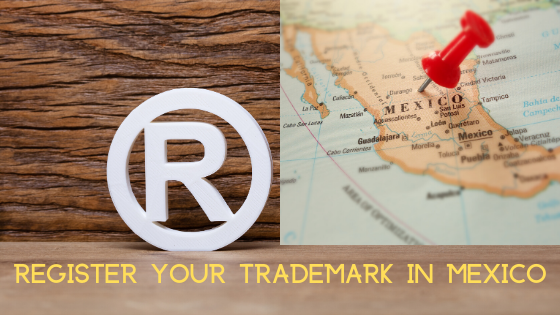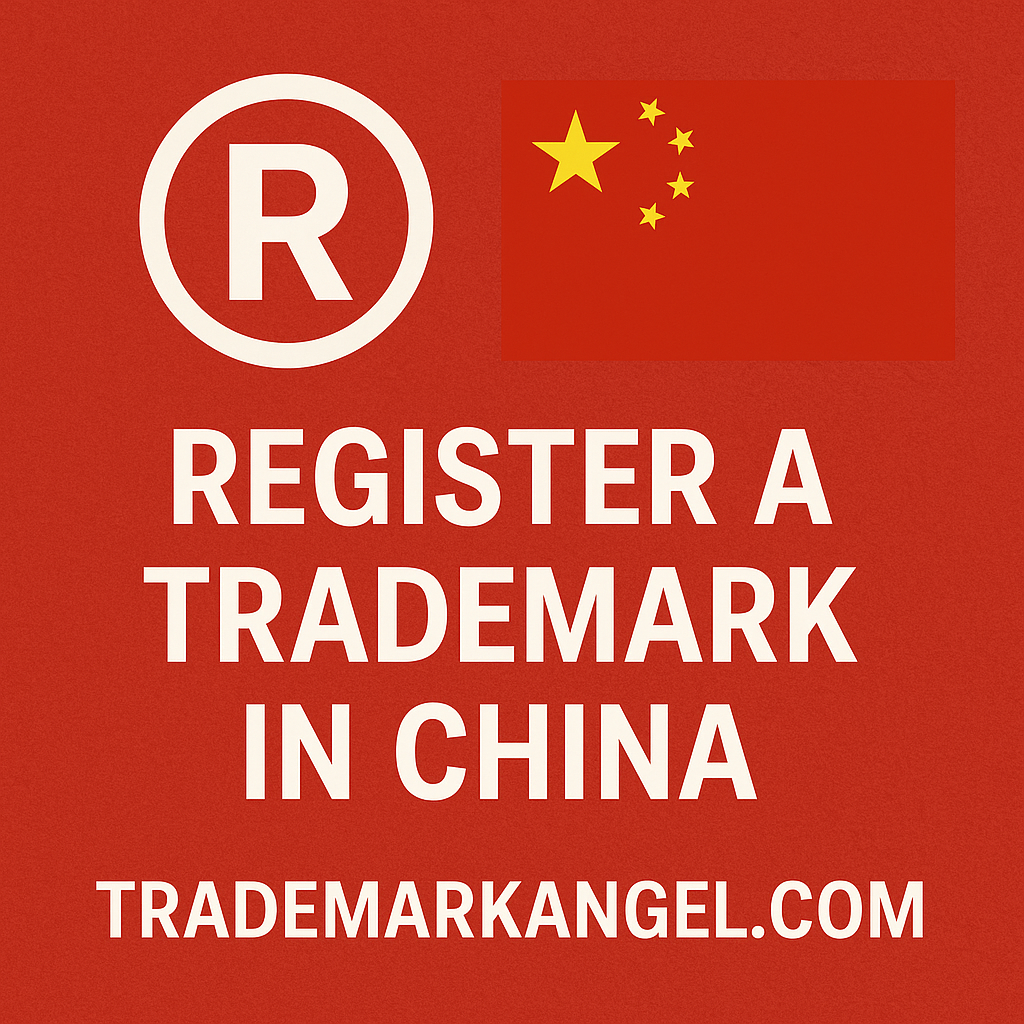
Helpful Guide To Register Your Trademark in MEXICO
Trademark registration has both legal and financial benefits. The process is quite different in Mexico compared to other jurisdictions. It is simpler to register a trademark in this North American nation than many other countries worldwide. But, is it really necessary to register your trademark in Mexico? What benefits are there in registering trademarks in Mexico and not in other countries? What does the process look like? This article will help you find answers to these questions.
Why Register Trademark in Mexico?
- Acquisition of exclusive use rights
Mexico is a first-to-file country. This means you must register a trademark for you to acquire exclusive use rights. Failure to register puts you at legal risks. Mexico trademark registration guidelines allow the use of unregistered trademarks. That is why cases of identical trademarks in use emerge. Registering your trademark saves you from such conflicts. In a case where another enterprise is using a similar trademark as yours, the law favors the party that registered the trademark first. This is so in first-to-file countries. Mexico is one. - Blocking rights
A trademark registration gives the owner blocking rights. It stops others from using the trademark. Whether you use the label or not, it becomes your reserve. Although, this has a time limit. - The Mexican trademark registration system is simplified
You do not want a complex registration process. It would waste your time and cost you money. Registering your trademark in Mexico is simpler. This makes it convenient and cheaper. - Being part of a few international trademark agreements makes Mexico standardized. This is beneficial. Your trademark will enjoy international recognition from select nations other than Mexico.
What should a business owner know about Mexican Trademark Registration?
Business is about making money. A trademark can be a source of income or a form of protection from losing money to the owner. The same rights can be used by another owner to take money away from you.
That is why it is important for any business owner to have deep knowledge about Mexican trademark registration. Below are some of the things you must be aware of and their impacts.
- Mexico is part of eight international trademark agreements, including the Madrid Protocol. Why should this fact matter? Soon you will be scaling. As you open branches in other countries worldwide, you will not need to do another trademark registration in the countries which have agreements with Mexico.
- It is also important to note that Mexico does not recognize foreign trademark registrations.
- You do not have any rights on an unregistered trademark. Although, you can challenge an entity’s trademark registration if you provide proof of use of the label under question. The use of this trademark should have occurred earlier than the registration date.
- The Mexican trademark registrars categorize trademarks as either famous or notorious. These two categories are based on the brand’s popularity. Famous and notorious trademarks each enjoy different rights. The two categories are accorded different protections. As a business owner, it is important to know which category your business lies. This will help you know which benefits you stand to gain.
- Only wordmarks, 3D trademarks, and designs are allowed for registration. A combination of two or three of them will also do. Others like animations, descriptive trademarks, maps and denominations among others will be rejected. Non-traditional trademarks are not recognized in Mexico (so it’s impossible to register sound, smell or texture).
Trademark Registration Process in Mexico
Getting your trademark registration done in Mexico is not hard. The process lasts between 6 to 8 months. You do not have to walk from office to office for a successful procedure. Below are the steps:
-
Application submission
This is the first step. You have to submit an application to the Mexican Industrial Property Institute. Once you submit your application, usually online, the 6-8 month waiting period countdown begins.
Some of the things to include in your application include:
- A filled application form with your personal details
- A logo design
- Inclusion of the products/services this trademark will protect
-
Application review by the Mexican Trademark and Patent Office
As usual, there has to be a verification process. Your application will be reviewed and the documents checked to confirm you’ve met the regulatory requirements. In case you fail to meet the requirements, you will have to do a re-application. If you meet all the specifications, you will proceed to the next step – substantive examination. During this step, Mexican Trademark Office will check if there are any similar previously filed or registered marks and if there are, your trademark application may be refused.
-
Application publication
Getting to this stage is not a walk in the park. During the publication stage, any third party may oppose on the basis of possible confusion with their own trademark. If there are no oppositions, your application will proceed to the next stage. The opposition process in Mexico is different as it doesn’t suspend the trademark if it was opposed. Failure to respond to an opposition does not mean that the application will be abandoned, it simply means that the Trademark Office will issue a decision on the opposed trademark, either by registering it or by denying it.
-
Trademark registration
Past the publication phase, your trademark will get registered. The registration gives its owner the exclusive right to use the trademark for 10 years, beginning from the filing date. To maintain its rights, a trademark owner has to use the trademark within 3 years after the registration. A declaration of use real and continued use has to be filed 3 years after registration.
-
Trademark renewal
Trademarks may be renewed every 10 years indefinitely.
How Mexico is different from other countries when it comes to trademarking
Mexico offers a different perspective as far as trademarking is concerned. Where does the variance come from? Below are some of the differences.
- Mexico is a single-class country, meaning that a trademark application may only be filed in a single class.
- Other countries allow you to enjoy trademark ownership rights for the continuous use of a trademark. In Mexico, registration is mandatory for the issuance of a trademark property title.
- Mexico does not give opposition rights to others unless under certain circumstances. Even when the opposition is filed, the application stands and the registration process does not stop. This is quite different from other countries.
- Mexico allows the transfer of trademark rights. In some other countries, this is unallowable.
CONCLUSION
Mexico is different when it comes to trademarking. Their registration process is simple and the system standardized. It’s a first to file country and you can only file your application in one class.





